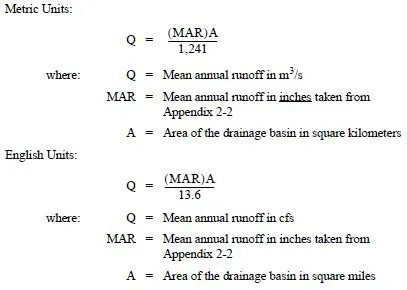Subsurface drainage is provided for control of groundwater encountered at highway locations. Groundwater, as distinguished from capillary water, is free water occurring in a zone of saturation below the ground surface. The subsurface discharge depends on the effective hydraulic head and on the permeability, depth, slope, thickness, and extent of the aquifer. Sometimes subsurface flow could be significant, especially when the roadway is located next to a big hillside. Subsurface flow must be thoroughly investigated and taken into account during the design.
The solution of subsurface drainage problems often calls for specialized knowledge of geology and the application of soil mechanics. The PEO should work directly with the RHE as subsurface conditions are determined and recommendations are made for design in the soils report.
Subsurface drainage can be intercepted with underdrain pipe or gravel trench with underdrain pipe included, which is sized by similar methods used to design storm sewer pipe. When an underdrain is installed for seepage control in cuts or side hills or lowering the groundwater table for proper subgrade drainage, the design method used to size storm sewers should be followed. The only difference is that the flow used for the calculations is the predicted infiltration from groundwater into the system instead of flow entering the system from roadway drainage. When subsurface drainage is connected to a storm sewer system, the invert of the underdrain pipe shall be placed above the operating water level in the storm sewer. This is to prevent flooding of the underdrain system, which would defeat its purpose. Additional guidance will be provided in future revisions to the Hydraulics Manual.
